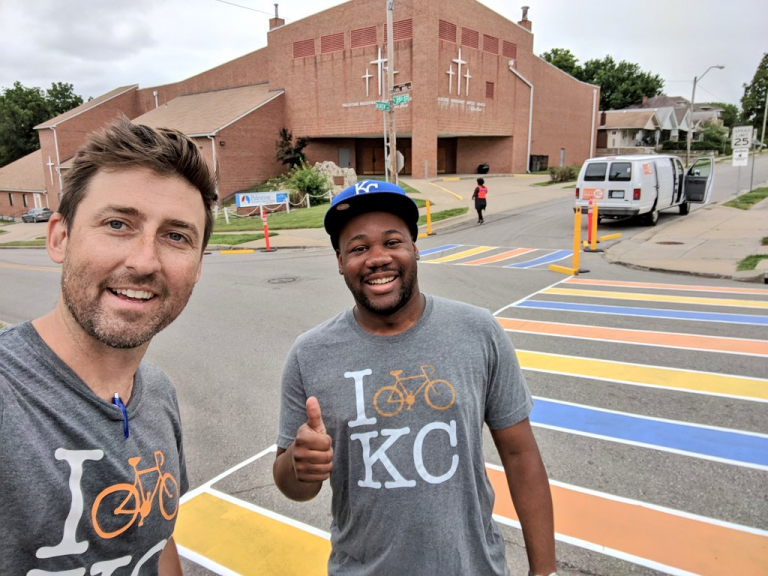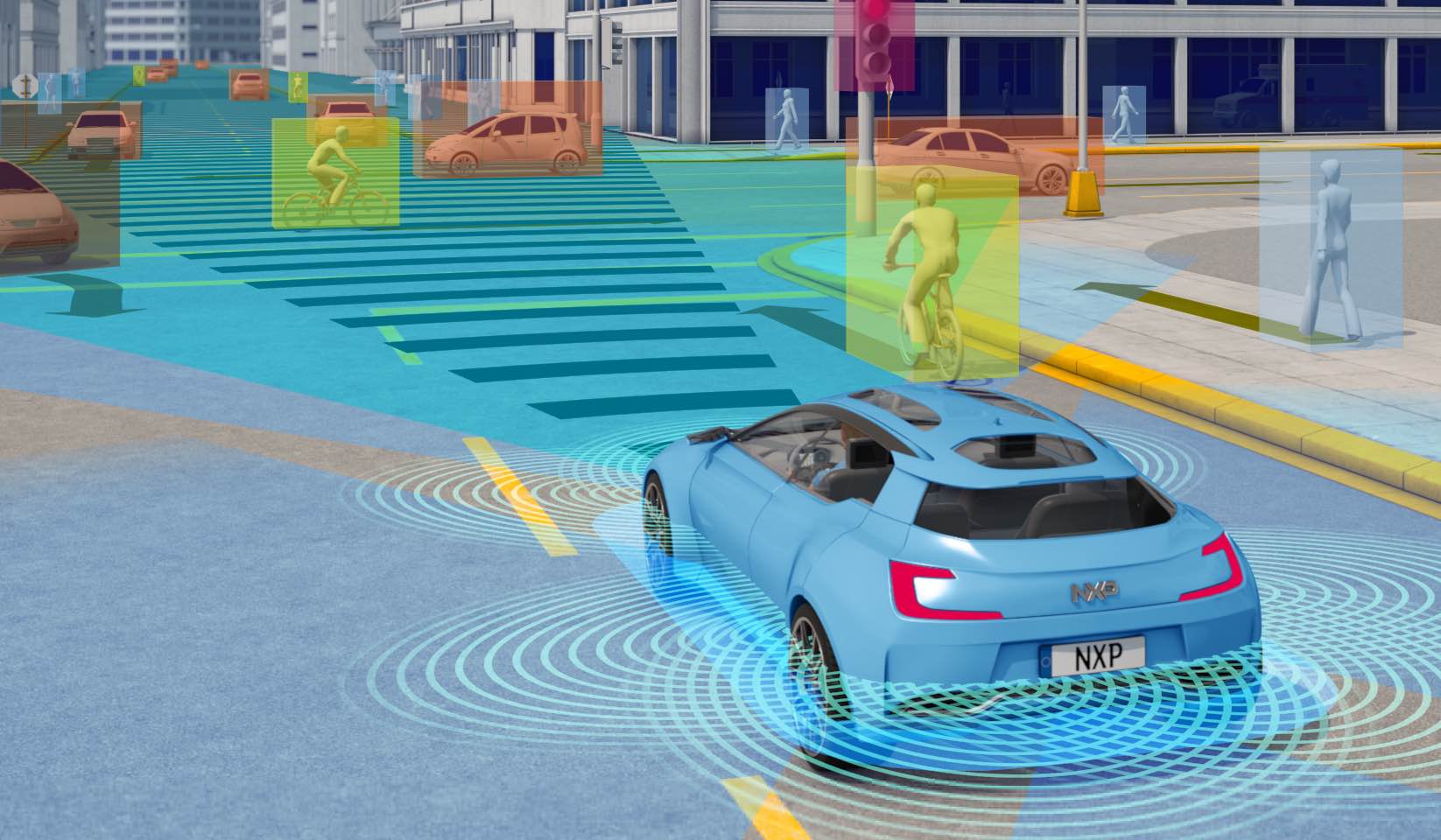What if there were a single document that told every U.S. resident exactly how safe their state is — or isn't — for pedestrians, bicyclists, and other vulnerable road users, as well as what that state is doing to save lives?
Turns out there is: the Vulnerable Road User Safety Assessment, or VRUSA. And since the passage of the Bipartisan Infrastructure Law, every DOT in the U.S. has been legally required to write one – even if they don't always do it in ways that are particularly helpful to transportation reform advocates,
Today on the Brake, we're sitting down with Michael Kelley of Bike Walk KC in Kansas City, Mo., who recently co-authored a new report that digs deep into how six states are approaching the all-important VRUSA — and how every state could make this document a more meaningful blueprint for saving lives. And along the way, we touch on why there are so many ways to quantify carnage on our roads, and why even in uncertain times, documents like this matter more than ever.
The following excerpt has been edited for clarity and length.
Kea Wilson: Tell me a little bit in general terms about the genesis of your report and why you decided to put together some guidance for the VRUSA.
Michael Kelley: The reason that the VRUSA matters is that it forces states to really give a full explanation of what they are or aren't doing when it comes to traffic violence and safety among vulnerable road users. Up to this point, the best way of knowing what a state is potentially doing is to look at the long list of projects that they do or don't fund, or to look at their statewide active transportation plan. Missouri is one of a shrinking handful of states that has never developed that, and so trying to understand what a state is doing for its most vulnerable road users has been a challenge.
So this is really a way to change how we understand what those issues are, but also to understand more about what a state DOT is doing or not doing to protect those users.
Kea Wilson: What do you recommend? If we can't easily standardize these data points, what could make them more meaningful, so officials can actually use this data to save lives?
Michael Kelley: There's a very big disparity between states. [Some] looked five years back, [some] looked at 10 years back. [There was also a disparity between] which elements of their tools they tried to use. Michigan, for example, included an equity analysis involving the climate and economic justice screening tool, and that was just something they chose to do. There was no requirement for them to do it.
So one of the things that we recommend is to, one, use the same years of analysis. If it's five years, seven years, 10 years, there need to be some standards so that there's an easier way to compare how one state is doing to another. And, two: what sort of analysis are you doing? So are you doing a predictive safety analysis, or are you doing a high-injury network analysis? Because that, then, allows us to group [data] and compare it more effectively in terms of, "Is this state really seeing trends in the right direction compared to another state?"






